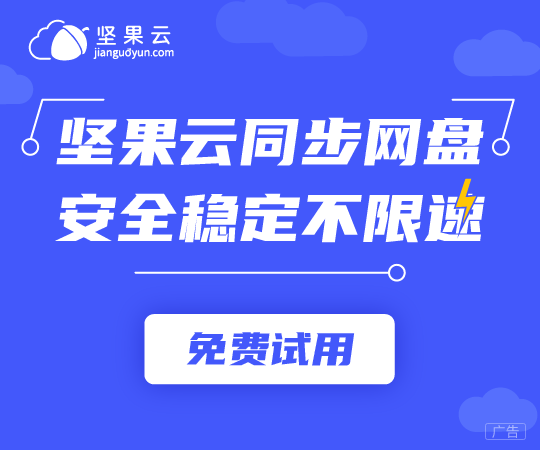Tables Part 7: Good-looking, well-behaved table formatting made easy …
列表(第7部分):精美实用的列表格式,唾手可得
If you’ve been reading the last few posts on tables, you may have noticed that the screenshots all had tables with formatting applied to the entire table. You may have thought I spent lots of time manually formatting the tables to look nice for this blog but in fact I hardly lifted a finger – I was using a brand new table feature in Excel 12 called “table styles” which made it possible to add formatting with one click. Table styles is a feature that provides a way to quickly format my entire table using a preset style definition. It is similar in concept to the AutoFormat feature Excel had in the past, with a couple key differences:
如果你已经读过上篇介绍列表的文章,你可能已注意到了应用于整个表格的所有列表格式的截:
Before Filter
筛选前
… and I filter out all even-numbered rows, here is what my table will look like after I filer it:
筛选掉所有的偶数行后的列表如下图:
After Filter
筛选后
Table styles have several different options that can be turned on and off, and all of them have similar intelligent behaviors. For example, a table style might define that the first column should always appear a certain way. If the “first column” option is enabled, then Excel will always make sure the first column is formatted appropriately no matter which column is in the first position. You can see the other table style options in the screenshot below – header and total rows, first and last columns, and banding on either rows or columns. You can toggle these on and off for each table style.
能开启和关闭列表样式中的几个不同的参数选项,这些选项都具有相同的智能功能。例如,一个列表样式可以规定第一列总是显示某种格式。如果开启“突出第一列”选项,那么不管哪列在开始的位置,Excel将总是确保适当地格式第一列。下面的屏幕截图显示了其它列表参数选项——表格标题和汇总行、突出第一列和最后一列,给行或列加底纹。你能在每个列表样式中开启或关闭这些选项。
One question we hear a lot when we are showing off table styles is how it relates to “direct” (user-applied) formatting and conditional formatting. If a table style is applied, you are still free to format your table using either conditional or direct formatting. Formatting that you directly apply to a table will always appear “above” formatting that is defined by a table style, and conditional formatting will always appear “above” direct, or user-applied formatting (bold for example).
我听到的最多的问题之一是,列表样式与直接(用户应用的)格式和条件格式有何关系。如果应用了某个列表样式后,你仍能自由地应用条件格式或直接进行格式化操作来格式列表。它们之间的优先顺序是,条件格式优于直接的(或用户应用的)格式,直接的(或用户应用的)格式优先于列表样式。
Finally, I want to briefly cover the elements of a table style and the UI to create your own. When creating a table style, you can specify formatting for the following elements (all are optional, and there is an order of precedence, so, for example, header row formatting shows up “above” whole table formatting):
最后,我想简要地介绍创建你自已的列表样式参数和用户界面。在创建一个列表样式时,你能使用下列参数来指定用于样式中的格式(所有的参数都是可选择的,并且有优先顺序,例如,标题行格式优先于整个列表格式):
• Whole table (突出)整个列表
• First row stripe 第一行底纹
• Second row stripe 第二行底纹
• First column stripe 第一列底纹
• Second column stripe 第二列底纹
• Header row 标题行
• Total row 汇总行
• First column (突出)第一列
• First header cell (突出)第一个标题单元格
• First total cell (突出)第一个汇总单元格
• Last column (突出)最后一列
• Last header cell (突出)最后一个标题单元格
• Last total cell (突出)最后一个汇总单元格
The dialog that you use also lets you name the style, see a preview, and set the “Stripe Size” for bands (UI still being finalized).
你也可以应用下面的对话框命名列表样式,对话框中有预览框和”底纹尺寸”设置(用尺界面还未最终确定)。
Note that part of what the "options" I describe above does is simply turn on or off formatting of these elements – for example, if you turn off the "First Row" check box, Excel 12 will not show any of the first column/first header cell/first total cell formatting. (Some of you may have been noticed the table has a gradient fill. That’s another new formatting capability in Excel 12.)
我在上面描述的部分选项只需简单地开启或关闭这些参数格式——例如,如果关闭“突出第一行”复选框,Excel 12不会突出显示任何的第一列格式/第一个标题单元格格式/第一个汇总单元格格式。(你可能注意到表格有一个渐变填充,这是在Excel 12中的一个新的格式功能)
That wraps up tables for now.
目前与表格相关的内容就是这些。
 office办公软件入门基础教程
office办公软件入门基础教程
